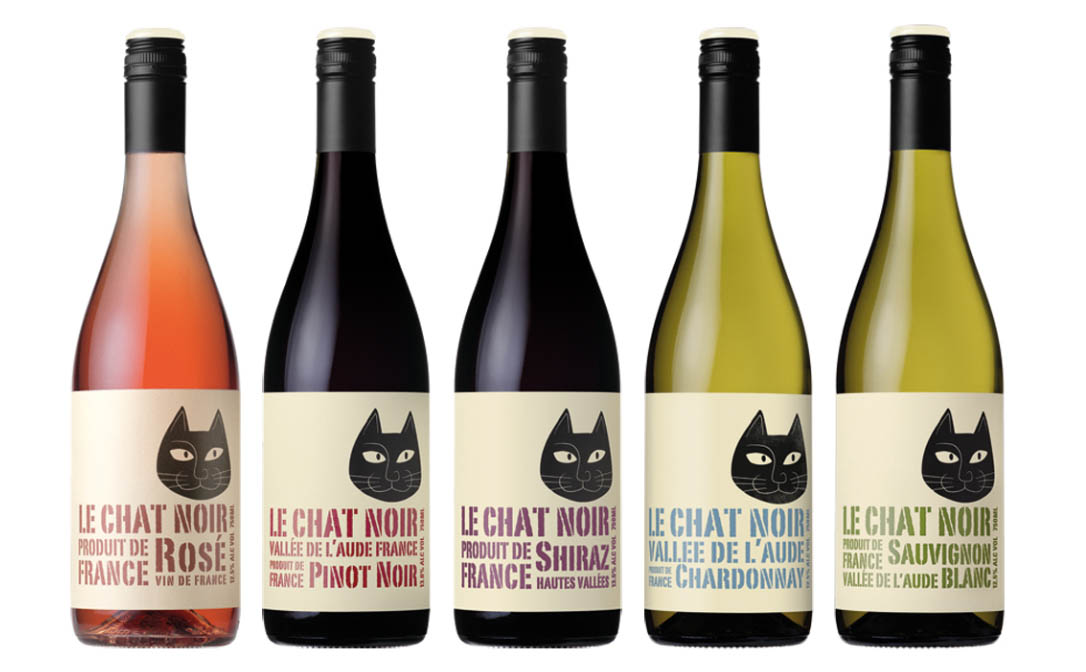Exploring the Significance of Paper Material in Wine Label Design
The choice of paper material plays a pivotal role in the crafting of wine labels, not merely from an aesthetic standpoint but also for its substantial impact on branding, consumer perception, and the overall marketability of the wine. The selection process encompasses various factors including durability, texture, color, and printability, each contributing to the final presentation of the wine bottle. This article delves into the crucial aspects of selecting the right wine label paper and how it can elevate the branding and appeal of wine products in a competitive market.
Understanding the Impact of Paper Quality on Wine Presentation
The quality of paper used for wine labels significantly influences the first impression made on potential customers. A high-quality paper can impart a sense of luxury and sophistication, aligning with the branding and positioning of premium wine offerings. Conversely, subpar paper quality may detract from the perceived value of the wine, regardless of its actual quality. The tactile experience of the label, combined with visual design elements, can communicate the brand’s story and ethos to the consumer, making the choice of paper an integral aspect of wine packaging.
Choosing the Right Paper for Durability and Functionality
Durability is a key consideration when selecting paper for wine labels. The label must withstand exposure to various conditions such as moisture, handling, and temperature fluctuations without deteriorating or losing its visual appeal. Papers with water-resistant properties and high tear resistance are preferable, especially for wines that may be stored in coolers or ice buckets. Additionally, the paper must support the functionality of the label, accommodating security features or any technological enhancements intended to enhance the customer’s engagement with the brand.
Enhancing Brand Identity with Textured Paper
The texture of the paper can significantly enhance the visual and tactile appeal of a wine label, contributing to a unique brand identity. Textured papers, such as those with embossed or linen finishes, can add depth and character to the label design, making the wine bottle stand out on the shelf. The choice of texture should align with the brand’s image and the story it wishes to convey, whether it be rustic elegance, modern sleekness, or artisanal charm.
Optimizing Print Quality with Appropriate Paper Selection
The compatibility of the paper with printing techniques is paramount to achieving high-quality label designs. The paper must accommodate the chosen printing method, whether it be digital, offset, or flexography, ensuring crisp and vibrant visuals. Specialty papers designed for label printing, such as wine label printer paper, offer optimized surfaces for ink adhesion and color reproduction, crucial for detailed and intricate label designs.
Considering Environmental Sustainability in Paper Selection
Environmental sustainability has become increasingly important to consumers, influencing their purchasing decisions. Selecting eco-friendly paper materials, such as those derived from recycled content or managed forests, can enhance the brand’s appeal to environmentally conscious consumers. Certifications from recognized environmental organizations can further validate the brand’s commitment to sustainability, aligning with the values of the target market.
Color Consistency and Visual Appeal
Color consistency across label batches is essential for maintaining brand identity and ensuring uniform shelf presentation. The chosen paper must provide a consistent base for color application, preventing variations that could detract from the brand’s visual identity. Additionally, the paper’s innate color and brightness can influence the overall aesthetic of the label, with whiter papers enhancing vibrancy and darker papers offering a more subdued, elegant appearance.
Adapting to Market Trends and Consumer Preferences
The wine industry is subject to evolving market trends and consumer preferences, necessitating adaptable packaging strategies. Innovative paper materials and printing techniques can cater to these changing demands, offering opportunities for brands to differentiate themselves. Limited edition labels, interactive elements, and unique textures can captivate consumers’ attention, leveraging the paper material as a canvas for creativity and innovation.
Conclusion
The selection of wine label paper is a critical decision in the wine packaging process, influencing not just the aesthetic appeal of the product but also its functionality, sustainability, and marketability. By carefully considering factors such as durability, texture, printability, and environmental impact, wine producers can enhance their brand identity and appeal to a broader consumer base. The right paper material can elevate a wine label from a mere packaging component to a key element of the brand’s story and consumer experience.








